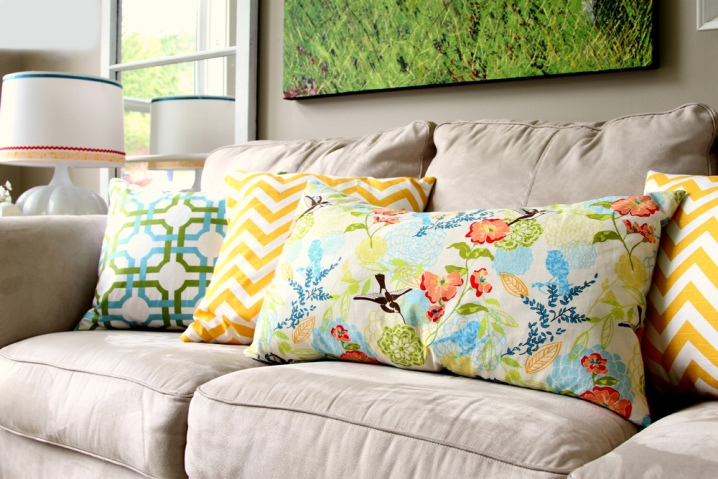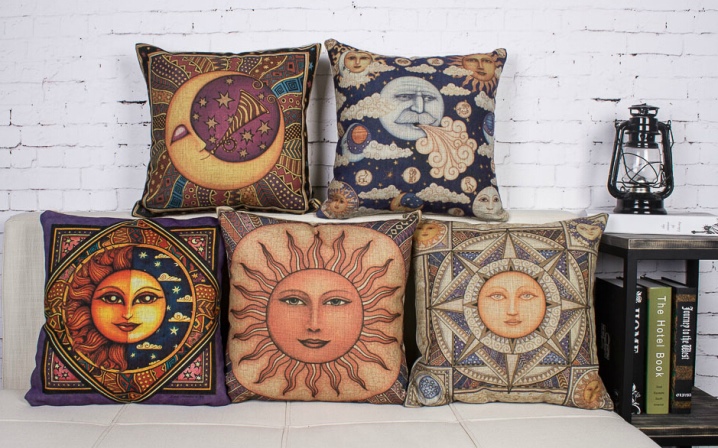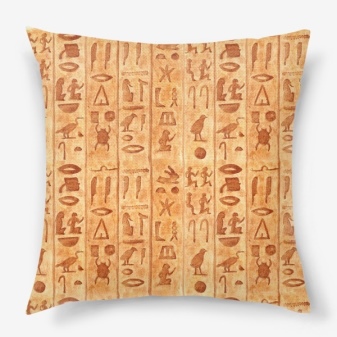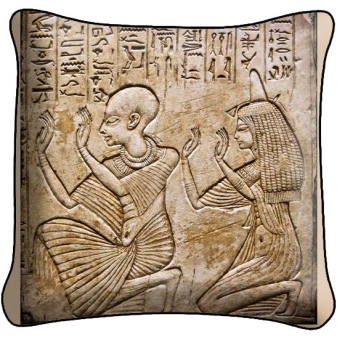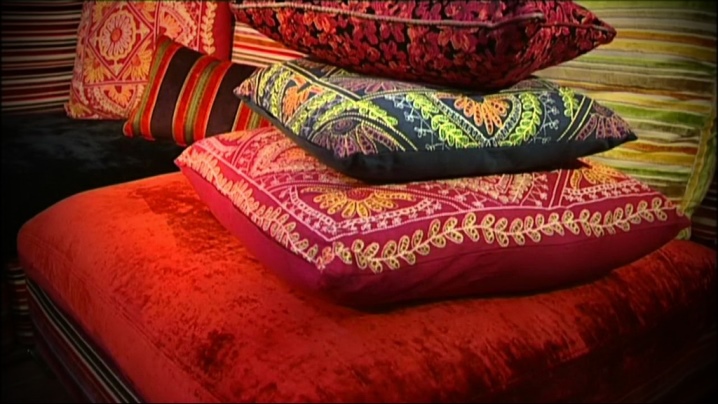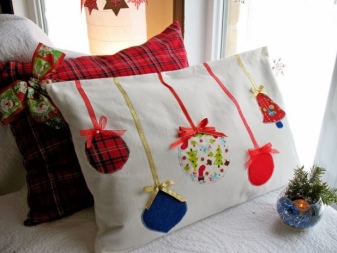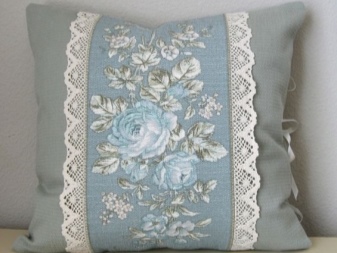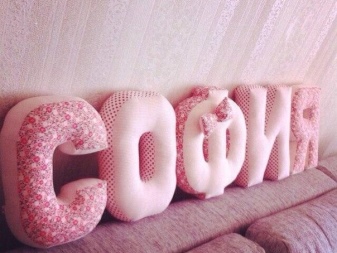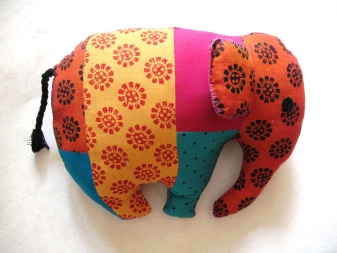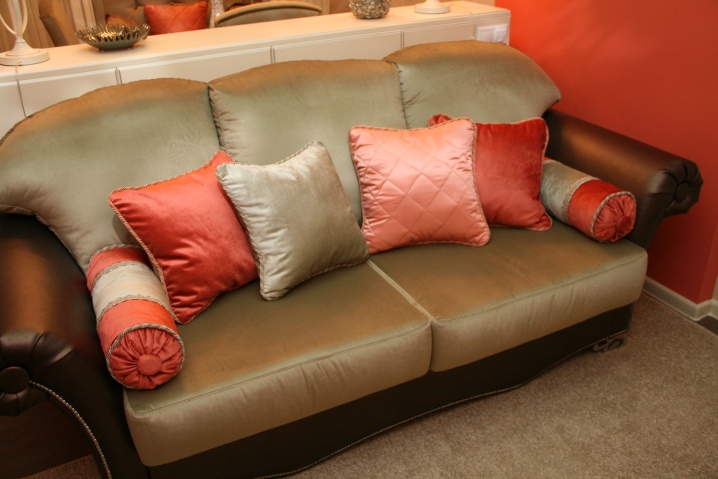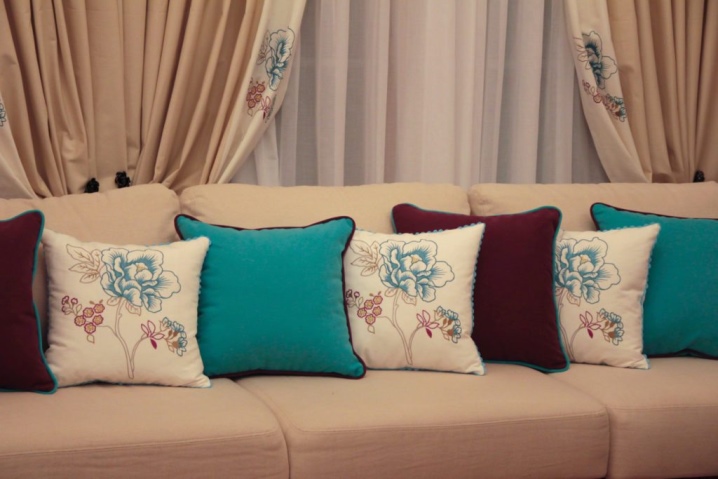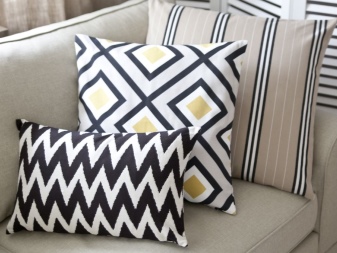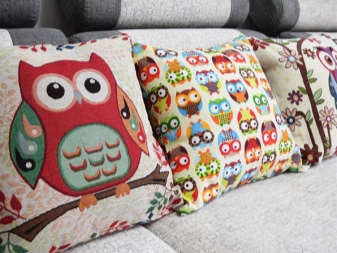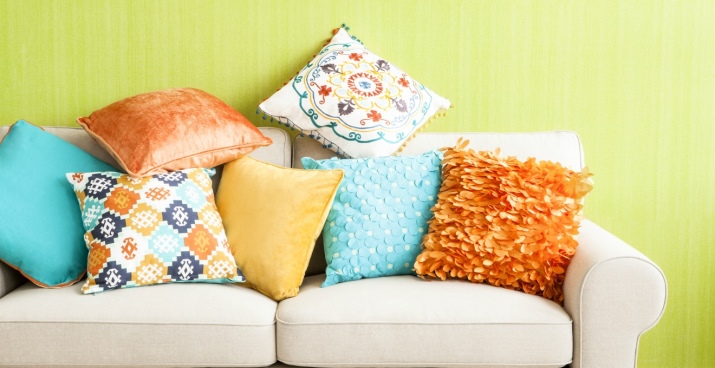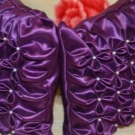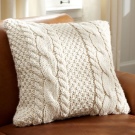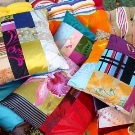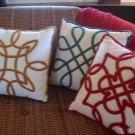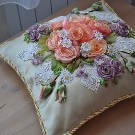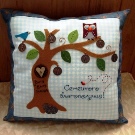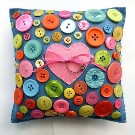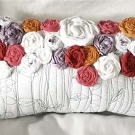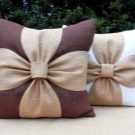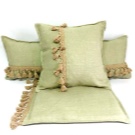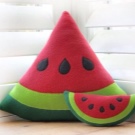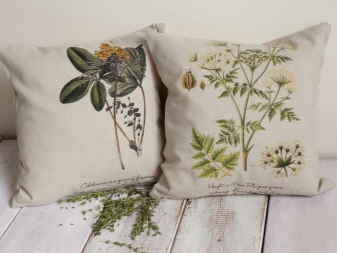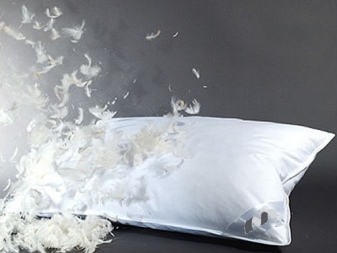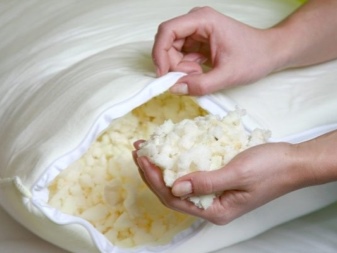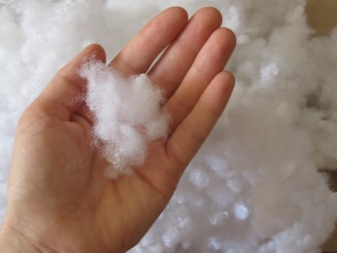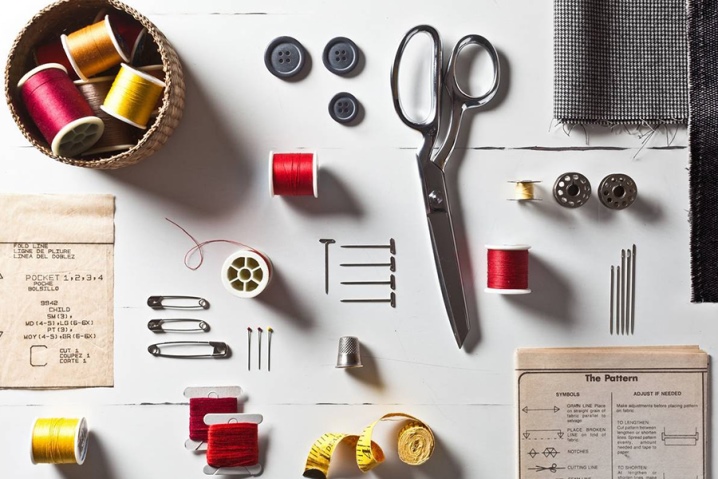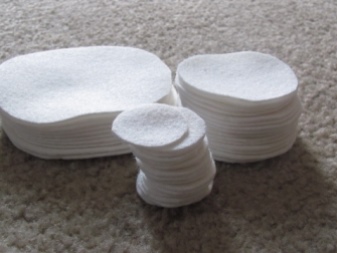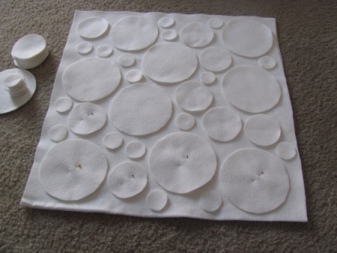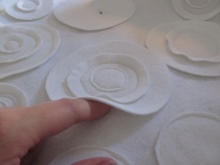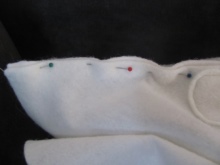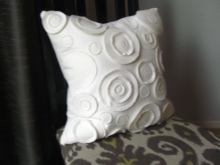Cushions for the sofa do it yourself
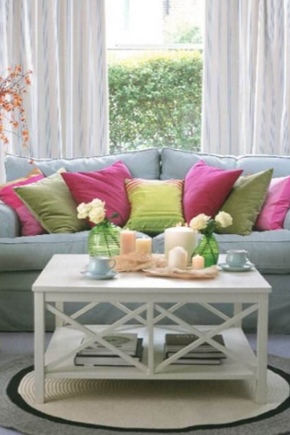
Cushions for the sofa, made with your own hands, will bring individuality into the interior, and also make the surrounding space much more comfortable. Particularly pleased with such crafts households, because in these accessories - your warmth and care. Thanks to the various examples that will be discussed in this article, you can create real masterpieces.
Ideas of creation
It is worth a little dip in history. The first pillows were found in the Egyptian pyramids. Their purpose was not convenience and comfort during sleep, as in our time. These were devices with which you could keep a complicated hairstyle upon awakening.
It is obvious that only rich people could afford pillows.
Such products were made of stone, wood, metal, porcelain. They looked like hard head restraints.
The first soft pillows, as they used to see, appeared in Greece. The Greeks created a variety of options, they plunged into the cult of comfort and convenience. Refining pillowcases sewing, painting and multi-colored palette of colors, they made pillows works of art.
Then the fashion was adopted by the ancient Romans.
In Russia, pillows embroidered in different ways were considered part of the dowry. In the modern world without a pillow it is almost impossible to imagine life, it is understandable. Accessibility and a huge selection do not leave without the soft "beauties" not a single house. Pillows can vary in shapes, colors and sizes. An important role is played by the implementation of style, whether it is a festive or quiet everyday version.
The pillow may be the name of a loved one, on such products often depict funny animals.
Choosing a fabric
It is advisable to choose natural material for a pillow, since it should not only be beautiful, but also serve practically.There are several options to consider:
- Cotton fabric is quite common. It is hypoallergenic, allows the skin to breathe, absorbs moisture. Cotton is affordable and easy to care for.
- Silk is a very delicate material on which it will be pleasant to rest. The only caveat is delicate care.
- Flax is a beautiful fabric, perfect in the heat. It has the ability to cool, not very demanding to care, has a rough texture.
- Wool is indispensable in cold weather, has a warming effect, and is capable of exerting a therapeutic effect on joints and muscles. Requires special care.
Do not overlook such an important feature of the fabric as fiber weaving. From the characteristics of weaving depends on the characteristics of the fabric. The material can be loose, airy, dense and durable. Here are the main types of fabrics that are suitable for cushion covers:
- Baptiste - cotton fabric made from thin threads. Products made from such material are tender, airy, like a cloud. Ideal for people with sensitive skin, including children.
- Tick - natural fabric rather dense weaving.Differs in the special durability and wear resistance.
- Satin - durable fabric, a characteristic feature of which is a thin smooth surface. A special feature of sateen is the excellent throughput of air masses, which allows the pillow to “breathe”.
- Satin-jacquard - satin fabric with three-dimensional pattern, which is created in a special way, consists of silk or cotton. Products from this material look elegant and "expensive". Durable and wear-resistant fabric.
- Percale is a smooth fabric with a characteristic dense and durable weaving. For density fiber impregnated with adhesive. Features perkalya - it is soft and durable.
- Twill - strong fabric consisting of thick threads of wool or cotton, giving haze to the material. Twill pillow is obtained volume, elastic, dense.
Decor options
The decor of the pillows is very diverse - from strict classics to perky riot of colors.
The main directions of decor pillows, made by hand, are:
- bows;
- tapes;
- buttons;
- flowers;
- openwork weaving;
- applications;
- knitted items (or full knitting);
- figure design;
- patchwork (rags);
- fringe;
- puffs.
How to choose a filler?
By their nature, fillers are divided into two broad categories - natural and synthetic. Based on the preferences, purpose, and state of health, you can choose the appropriate option.
Natural fillers are a large group of materials, common types are:
- Herbs. These are mint, hop, lavender, buckwheat husks, yarrow, marjoram, St. John's wort, chamomile, lemon balm, basil seeds, dill. You can experiment and fill the pillow with plants on your own. However, you need to remember that in case of allergies you need to be extremely careful.
- Materials of animal origin: down, feather, wool. Down pillows are very soft and light, and feather pillows are thick and heavy. Such pillows need special care, otherwise unwanted “guests” (in the form of ticks, bacteria) may start. Wool products are a little easier, but it should be noted that over time, the wool rolls and becomes unusable.
- Silk. The advantages of such a filler are hypoallergenic, extraordinary softness. The disadvantages include high cost.
- Vata. Available material suitable for almost everyone.However, with frequent use, such a pad will quickly become useless.
Synthetic fillers are also divided into several types:
- Sintepon. Durable, very lightweight material.
- Comforel. Synthetic fiber rolled into balloons, thanks to which it perfectly retains heat. A pillow from the comfort will keep the shape very well.
- Holofiber. Pretty thin material that is breathable and odorless. Will serve for a long time, does not electrify and does not ignite.
Features high-quality pillows - hypoallergenic, affordability. In such pillows will not start parasites. They can be washed in a washing machine, and they will be happy for a long time with their original look.
Master class on making a sofa cushion do it yourself
To sew a pillow yourself, you will need the following:
- fabric of the right size (2 notches with the size of 51 × 51 cm, 1 cm goes on the allowances);
- scissors;
- threads;
- pencil;
- pins;
- sewing machine;
- fabric for decoration;
- forms for drawing details.
The procedure is as follows:
- It is necessary to cut and decompose round billets of different diameters on a square basis.
- Lay the forms on top of each other to form a multi-layered element, and stitch the resulting parts in the center. Next, retreat from the edge of 5-8 mm and sew each circle.
- At the end, sew a cover from the inside and tamp the pillow, sew up the remaining side with a secret stitch. Pillow is ready!
An interesting pillow can be made in patchwork style. Detailed instructions for making can be viewed in the following video:
